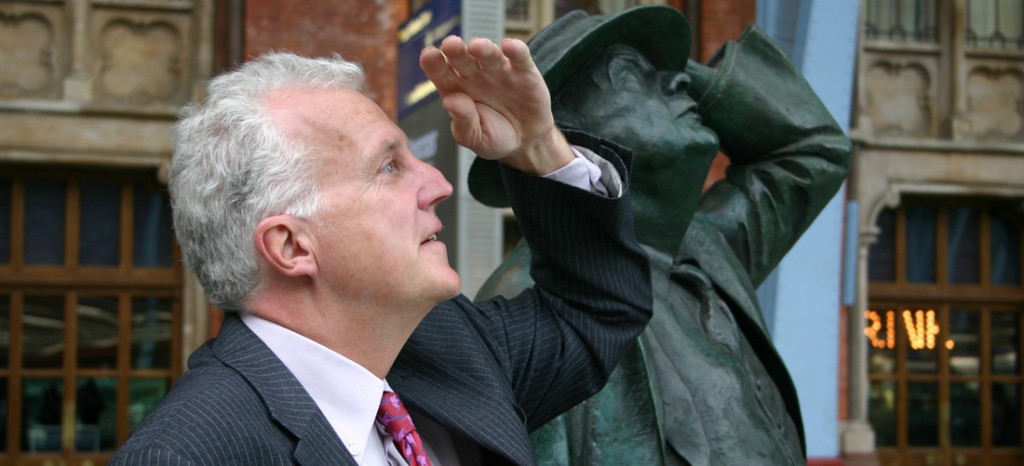The events on the Underground over the weekend have raised a simple question in the minds of the two million people who travel on it every day: Is the system safe?
The answer is still ‘Yes’, because the Tube has had a remarkable safety record during its 140 year history and the basic safety mechanisms, many of them introduced after the 1987 King’s Cross disaster, are still in place.
But it is perfectly understandable if people feel that it is not as safe as it used to be or ought to be. To have two derailments of passenger trains within 48 hours on the Tube network is unprecedented. Such derailments are incredibly rare – in the past three years there have been just six – and both incidents could have had much more serious consequences. Moreover, they come soon after the Chancery Lane accident which resulted in an unprecedented lengthy closure of a major Tube line.
Understandably, the finger is being pointed at the Public Private Partnership imposed by the government on a reluctant London Mayor when the system was handed over to him in July. Under the PPP, the maintenance of the track and trains was handed over to private companies, while the day to day operations remained with London Underground, now run by the Mayor through Transport for London. One private company, Tube Lines, a consortium of Amey, Bechtel and Jarvis is in charge of both the Piccadilly and Northern lines on which the recent derailments occurred.
Separating the running of the trains from the maintenance infrastructure is inherently a daft arrangement. The Tube, like all railways, is an integrated system which works best under a unified management all pulling together, rather than having to run the system through a system of adversarial contracts which no one is able to understand. That flaw in the PPP was pointed out by many railway experts during the lengthy controversy over the scheme, but the government ignored them and pressed ahead regardless. Now ministers have egg on their face.
There is the added concern that the now infamous engineering company Jarvis is again involved in incidents concerning track maintenance. Jarvis is either a very unlucky company or a very bad one. It seems that whenever incidents involving track maintenance arise in the news, Jarvis is responsible. First there was the Potter’s Bar crash in which seven people died. While the precise cause remains a mystery, the Health & Safety Executive was highly critical of the maintenance regime on the points whose failure caused the accident. Then there was the derailment at King’s Cross last month which was the result of a breakdown in communication between Jarvis and the Network Rail signaller; and a similar incident near Rotherham last year, which caused a freight train to be derailed.
The hapless firm recently announced it was pulling out of its maintenance contracts on the national rail network because of the bad publicity resulting from a series of mishaps on lines for which it was responsible. But the 30 year PPP contracts are far too profitable for Jarvis to consider throwing in the towel and while Ken Livingstone might wish to pull the plug, it would be far too expensive to do so given the potential compensation and legal costs. It will take more than a couple of derailments to end the PPP but the events over the weekend suggest that the scheme is more vulnerable than previously thought.
While the unions have their own agenda and are too hasty in trying to gen up support for a strike, which will help no one, they are right in highlighting possible deficiencies in the maintenance arrangements under the PPP.
Above all, this is an issue of public confidence. If Londoners begin to believe that the Underground, is not safe, then the capital faces gridlock and chaos as people turn to the roads. To restore that confidence, Livingstone and his management team need to ensure that the investigation into these incidents is carried out swiftly so that any possible flaws in the way that the PPP contracts operate can be exposed and remedied.
